Episode 269
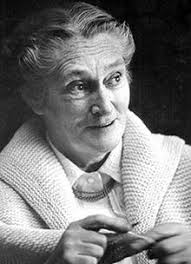 ELIZABETH ZIMMERMANN AND THE EMERGENCE OF CRITICAL KNITTING
ELIZABETH ZIMMERMANN AND THE EMERGENCE OF CRITICAL KNITTING
PART 2
In the second part of an eight-part series, Dr. Lilly Marsh helps us get to know Elizabeth Zimmermann. We get to hear EZ’s knitting origin story, learn about three aspects of her knitting identity, and dig deeper into the terms critical knitting and cultural production.
There is an ongoing discussion on this Ravelry thread, where Dr. Lilly chimes in. We will begin a Baby Surprise Jacket knit along in March and continue until the series concludes.
Many of you have expressed your gratitude for this in-depth exploration of Elizabeth Zimmermann’s life and your wish to make a contribution to our efforts. A donation to the Hudson Valley Textile Project is an excellent way to honor our work and to promote sustainable textile production in the region where we live and work.
Domesticity, Professionalism, and the Artist Housewife (with a nod to Usula Le Guin)
images provided by Dr. Lilly Marsh
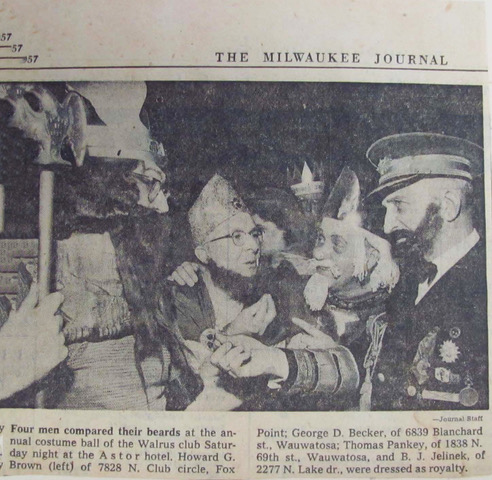
Walrus Club news clipping 1957
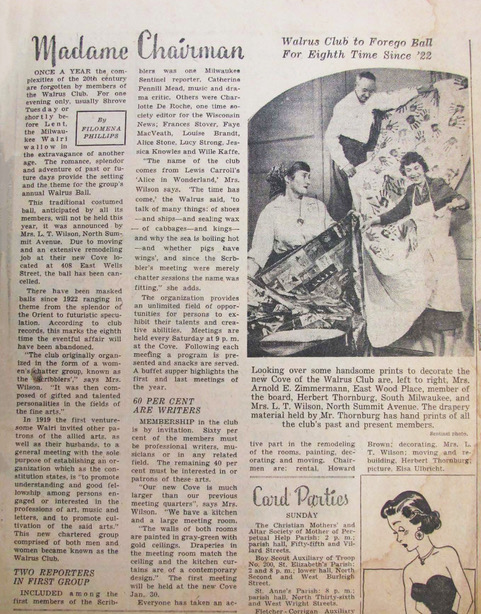
News clipping featuring EZ decorating for Walrus Club event, probably from the Shorewood Herald
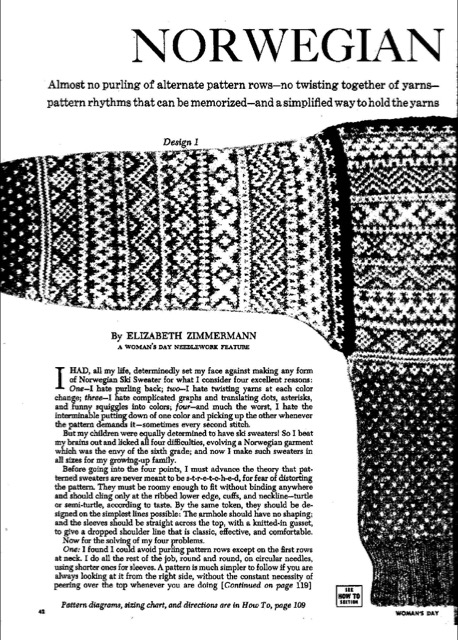
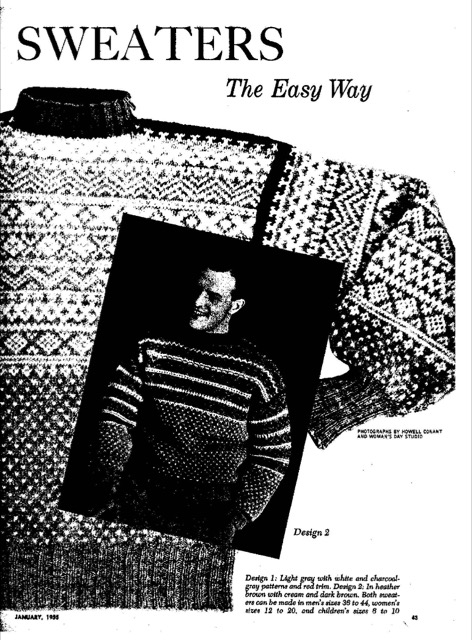
Article from Woman’s Day January 1955
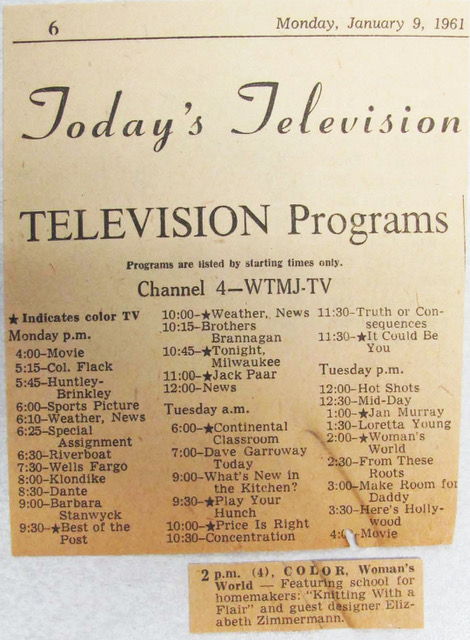
Television appearance 1961 (in COLOR)
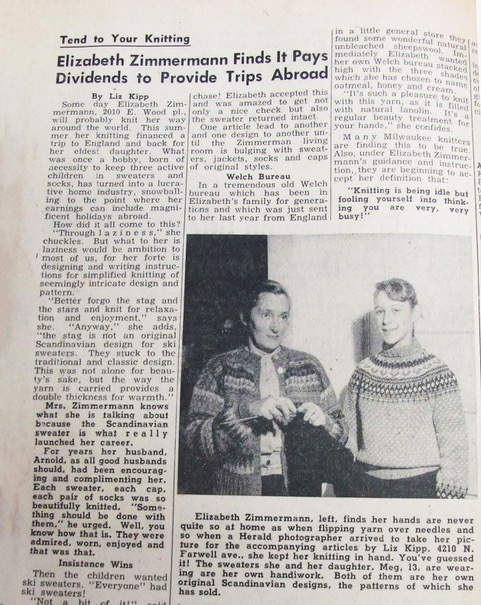
Shorewood Herald clipping about EZ knitting for her daughter, Meg
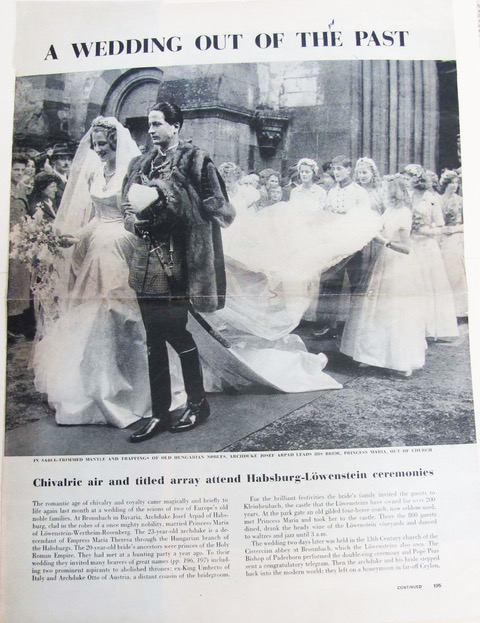
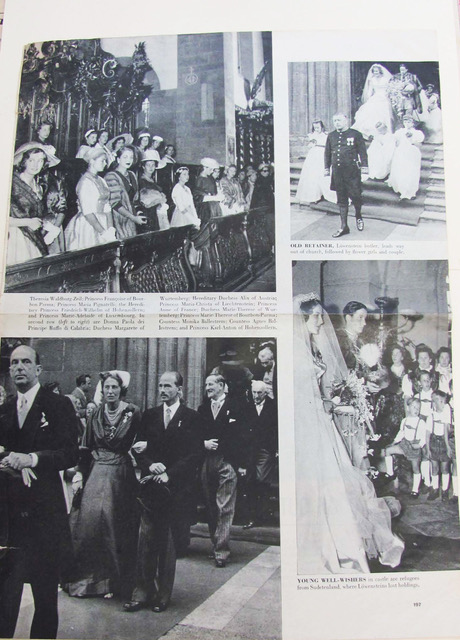
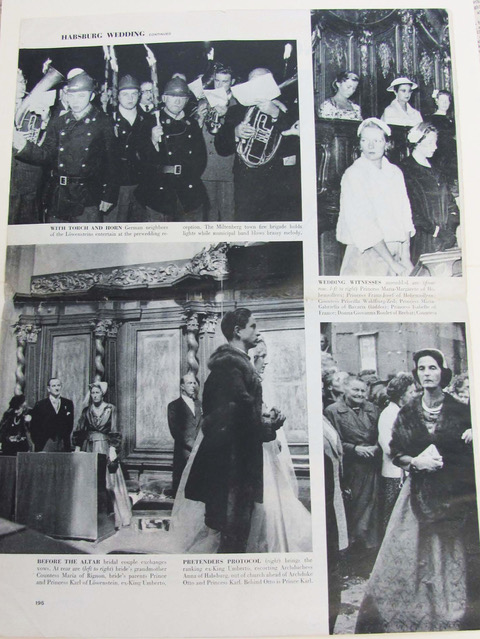
European aristocracy wedding photos….these were in EZ’s scrapbook and must have been a family she knew, perhaps worked for in the past. But it is an excellent look into those who were employing her as an English speaking companion. –LM
with a nod to Ursula K. Le Guin
- article about Arwen Curry’s 2018 documentary The Worlds of Ursula Le Guin, which was first screened at SanFrancisco’s Litquake Festival
- The Worlds of Ursula Le Guin can be rented on Amazon
The images presented here are a very small piece of a much larger published work, and are included here for the purpose of scholarship.
Notwithstanding the provisions of sections 106 and 106A, the fair use of a copyrighted work, including such use by reproduction in copies or phonorecords or by any other means specified by that section, for purposes such as criticism, comment, news reporting, teaching (including multiple copies for classroom use), scholarship, or research, is not an infringement of copyright. In determining whether the use made of a work in any particular case is a fair use the factors to be considered shall include—
(1) the purpose and character of the use, including whether such use is of a commercial nature or is for nonprofit educational purposes;
(2) the nature of the copyrighted work;
(3) the amount and substantiality of the portion used in relation to the copyrighted work as a whole; and
(4) the effect of the use upon the potential market for or value of the copyrighted work.
The fact that a work is unpublished shall not itself bar a finding of fair use if such finding is made upon consideration of all the above factors.
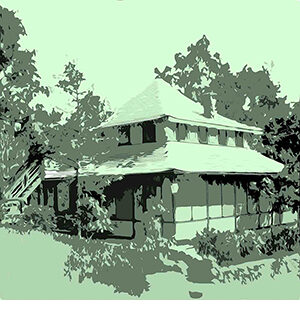
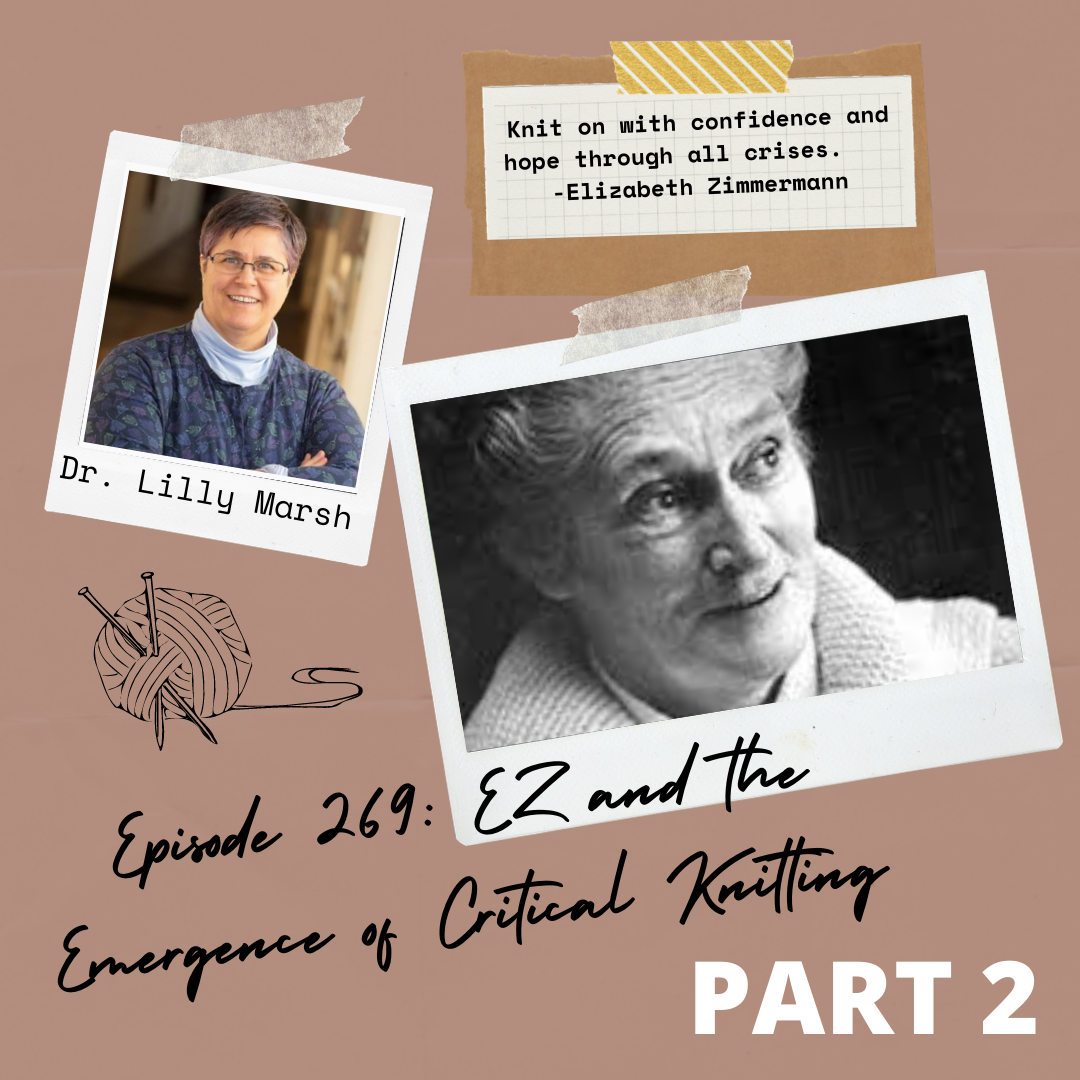
Hi, Donna. Thank you for listening in. And EZ aficionado — oh my. Happy to have you on board and hopefully Dr. Lilly can share some snippets of info for your treasury.
wonderful.. I am an EZ aficionado in Italy.. just a note.. Meg Swansen’s husband was Chris Swansen.. I believe Stew (sp) was Lloie’s husband 😉